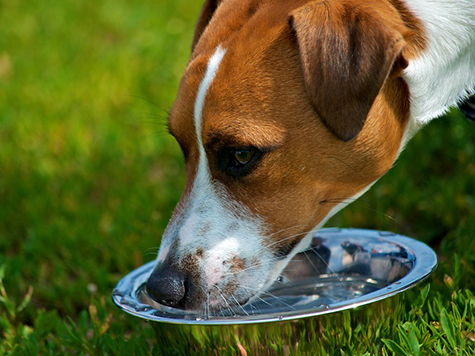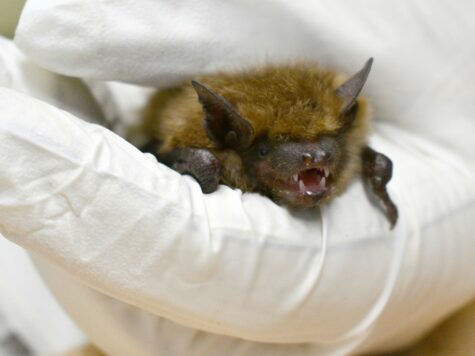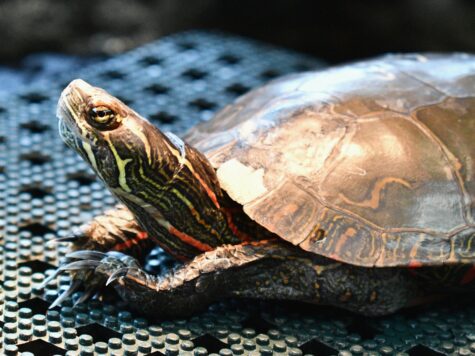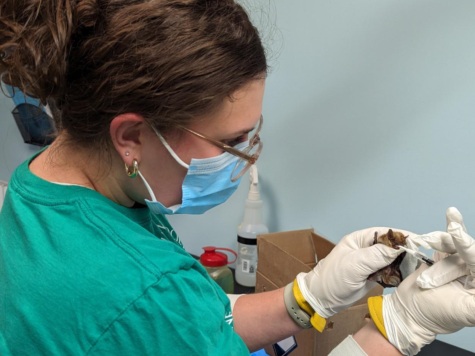As we move into summer, it's a good time to remind pet parents to take the extra steps necessary to keep your pets cool and safe.
Even the healthiest pets can suffer from dehydration and heatstroke if exposed to extremely high temperatures and humidity. Make sure your pets are in a safe, cool location with plenty of water and never leave your pet alone inside a vehicle.
To keep your pet safe and healthy during the summer heat:
- Watch out for heatstroke - Symptoms include excessive panting, drooling, lethargy, fever, vomiting, seizures, and collapse. Call your veterinarian right away if you think your dog or cat may be suffering from heatstroke. Breeds with flatter faces/shorter noses (such as Pugs, Shih Tzus, Pekingese, Bulldogs, Boxers, and Persian cats) along with young and senior dogs are especially vulnerable.
- Give your pet extra water - On very hot days, be prepared to refill your pet’s water bowl more often than usual or add more bowls of water throughout your home.
- Offer your pet several ways to cool off - Leave a fan on in a place where your pet can sit in front of it, add some ice cubes to their water, or offer them a cool treat. A Kong that’s stuffed with wet food or peanut butter, then frozen, is cooling and a fun activity to help your pup exert energy.
- NEVER leave your pet alone inside a car - Even with the windows cracked, the inside of a car can heat up to 120 degrees in a matter of minutes on a warm day. Leaving the air conditioning on is no guarantee your pet will be safe.
- Take your walks in the morning or evening - The intense midday heat can overwhelm your dog during a walk. Exercise your dog during the cooler hours in the morning or evening. Depending on the humidity, you may have to keep the walk shorter than normal, though.
- Don’t leave your dog alone outside for more than a few minutes - Even in the shade, a dog exposed to extreme heat and humidity is at risk for heatstroke.
- Avoid hot sidewalks - Remember, your dog’s paws are bare skin that can be easily burned by hot surfaces, such as pavement, blacktop and sand.
- Brush your pet regularly - A clean, untangled coat can help ward off summer skin problems and help your pet stay cool. If you want to give your dog a haircut, and your vet thinks it will help them cope with the heat, keep their fur at least one inch long to protect them from the sun. (Shaving down to the skin is not recommended. The coat helps protect your pet from sunburn.)
- Be alert for coolant leaking from your vehicle - Dogs are attracted to the sweet taste of coolant, and a small amount can make your dog sick — or even cause death. If you believe your dog may have ingested coolant, take them to the vet right away.






